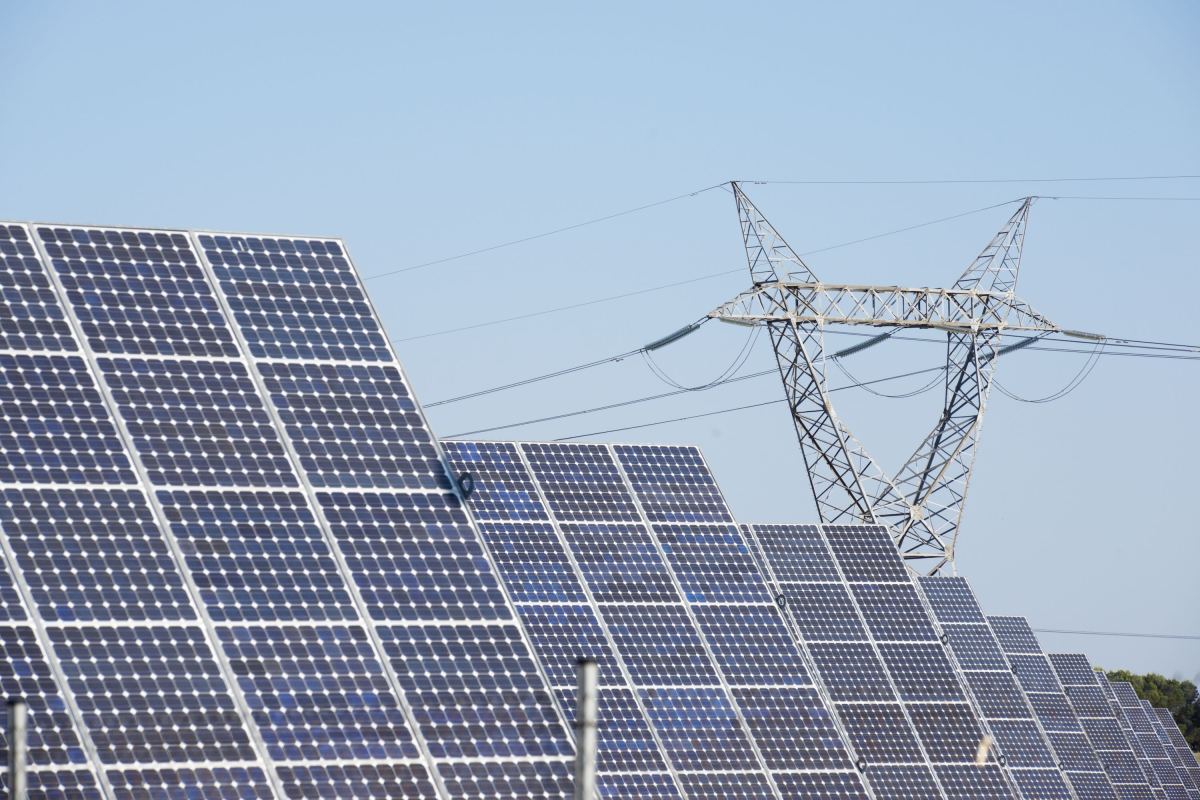Solar Energy Surges in 2024, Yet Emissions Rise Due to Increased Natural Gas Usage
The United States has made significant strides in the energy transition, investing a historic $338 billion last year. Despite this ambitious financial commitment, the country still faces challenges in reducing overall carbon emissions. A recent report highlights the progress and hurdles in the U.S. energy landscape, focusing on solar energy’s remarkable contributions and the increasing demand for natural gas.
Record Investment in Energy Transition
According to a report from BloombergNEF and the Business Council for Sustainable Energy, the U.S. has achieved unprecedented investment levels in the energy transition. Here are some key takeaways:
- Solar Energy Leadership: The solar sector led the way, adding 49 gigawatts of new electrical generating capacity in 2024, surpassing all other technologies.
- Combined Energy Sources: Together, solar and wind energy now account for nearly 25% of electricity demand and approximately 10% of total energy consumption in the U.S.
Carbon Emissions Trends
Despite the advancements in renewable energy, the demand for natural gas has increased by 1.3%, resulting in a 0.5% rise in carbon emissions. This increase is largely attributed to:
- Industrial users
- Power plants utilizing natural gas for energy production
However, it’s worth noting that U.S. carbon emissions have decreased by nearly 16% since 2005, with power-related emissions dropping over 40% during the same timeframe.
Future Electricity Demand
The demand for electricity is projected to surge in the upcoming years. A report from Grid Strategies forecasts a 15.8% increase in electricity consumption by 2029. Some factors influencing this spike include:
- The booming demand from data centers
- Tech companies’ investments in cloud operations and AI technologies
With the rapid growth of data centers, tech giants are compelled to secure reliable power sources. Companies like Microsoft, Google, and Amazon are leading the charge, making substantial investments in nuclear power and renewable energy.
Renewable Energy Agreements
In a bid to meet the energy demands of their data centers, these tech companies are signing significant agreements:
- Amazon has secured 476 megawatts of new energy.
- Meta has entered into agreements for 200 megawatts and 595 megawatts in separate deals.
The focus remains primarily on solar energy, due to its affordability and swift implementation capabilities.
Enhancing Energy Efficiency
To optimize energy consumption, tech companies are exploring ways to increase efficiency. A recent study indicates that minor adjustments, such as:
- Scheduling computing tasks during lower power demand periods
- Shifting tasks to regions with excess capacity
could unlock up to 76 gigawatts of additional capacity, representing about 10% of peak power demand nationwide.
Global Competitiveness in Energy Transition
Despite the record investments in the energy transition, the U.S. still trails behind China in capital deployment. In 2022, the U.S. allocated 1.3% of its GDP towards the energy transition, while China invested 4.4%.
As the U.S. navigates these challenges, the focus on renewable energy sources and efficiency will be crucial in determining its role in combating climate change and achieving sustainability goals.
For further insights into the energy transition, explore more on our energy transition page.







